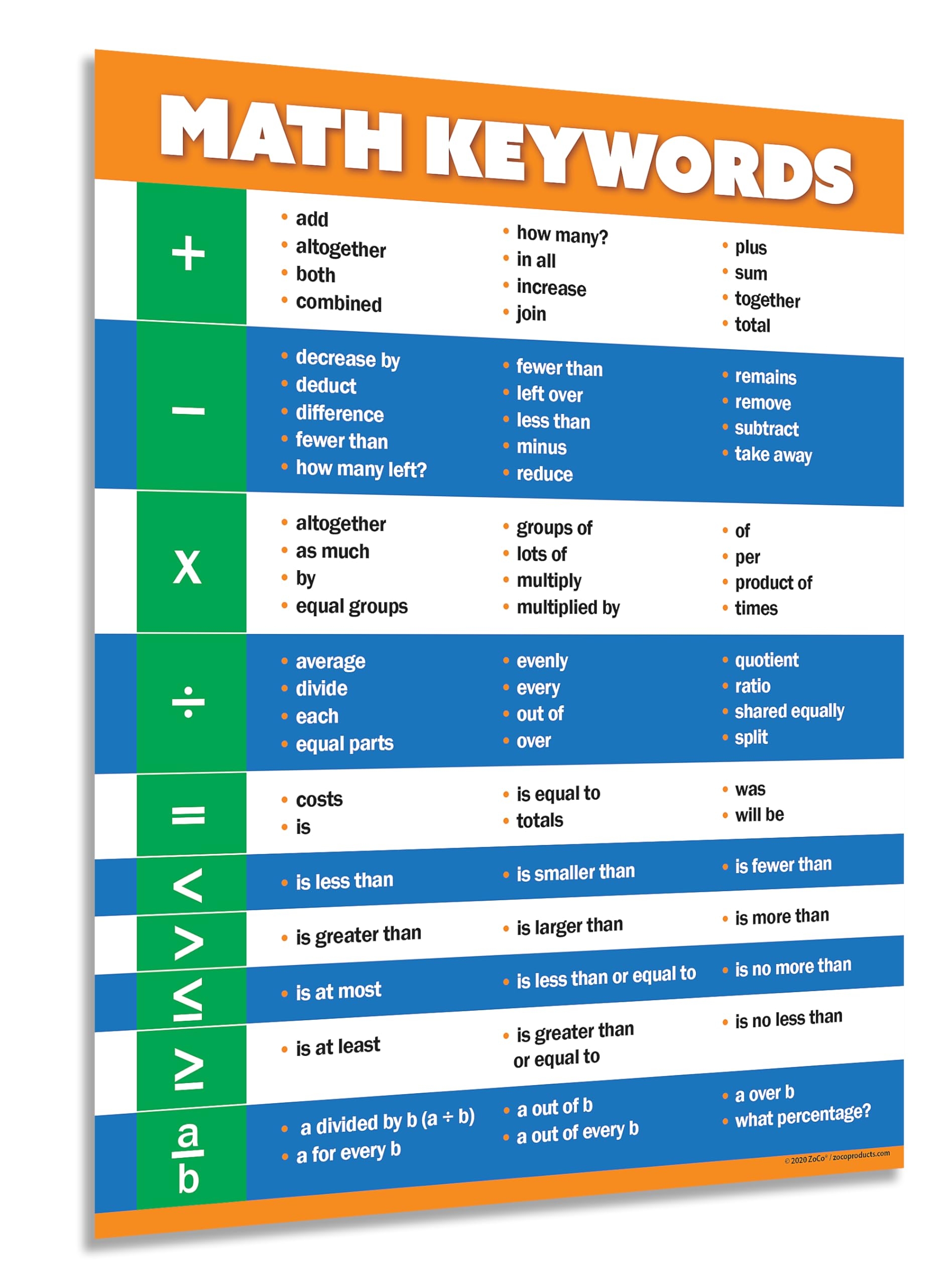Math vocabulary plays a crucial role in understanding and solving mathematical problems. It provides students with the necessary language skills to communicate their mathematical ideas effectively. As students progress through different grade levels, the complexity and depth of math vocabulary also increase. In this article, we will explore math vocabulary by grade level to help students enhance their mathematical literacy.
In kindergarten to grade 2, students are introduced to fundamental math concepts and vocabulary. They learn basic terms such as addition, subtraction, shapes, patterns, and numbers. They also become familiar with terms like equal, greater than, less than, and count. By understanding and using these basic math vocabulary words, students can develop a strong foundation for future math learning.
Furthermore, students in these grade levels also learn terms like sum, difference, equal groups, skip counting, and multiplication. They start to explore more complex math concepts such as fractions, measurement, time, and money. By expanding their math vocabulary, students can communicate their mathematical ideas more effectively and solve problems with confidence.
Additionally, students in grades 3 to 5 encounter more advanced math vocabulary as they delve deeper into mathematical concepts. They learn terms like factors, multiples, prime numbers, decimals, fractions, and algebraic expressions. They also become familiar with terms such as perimeter, area, volume, ratio, proportion, and probability. By mastering these math vocabulary words, students can tackle more complex mathematical problems and develop critical thinking skills.
Moreover, students in these grade levels also learn terms like exponent, variable, equation, inequality, function, coordinate plane, and geometric properties. They explore advanced math concepts such as algebra, geometry, statistics, and probability. By acquiring a rich math vocabulary, students can communicate, analyze, and interpret mathematical information with precision and clarity.
In conclusion, math vocabulary by grade level plays a vital role in enhancing students’ mathematical literacy and problem-solving skills. By mastering math vocabulary words at each grade level, students can build a strong foundation for future math learning and academic success. Encouraging students to use and understand math vocabulary in their daily math practice can empower them to become confident and proficient mathematicians.
